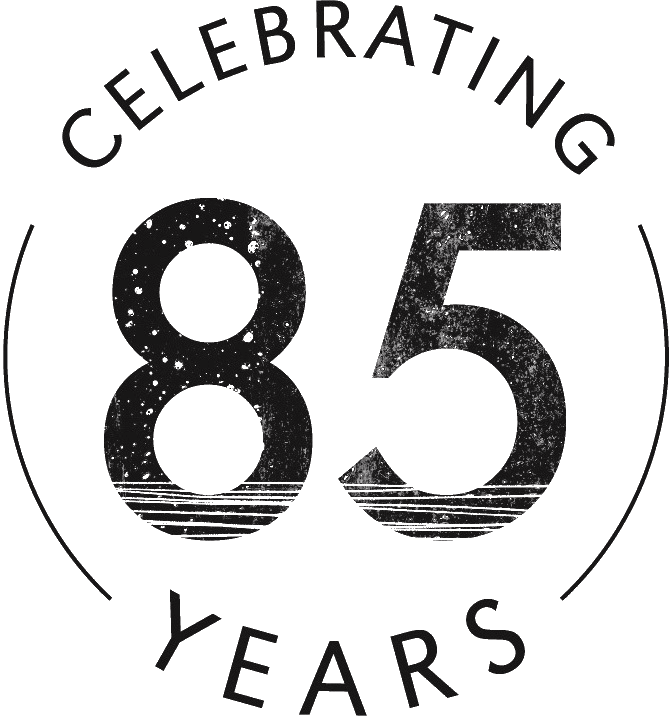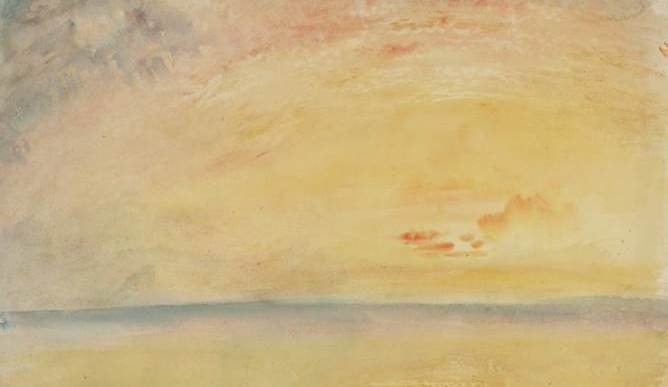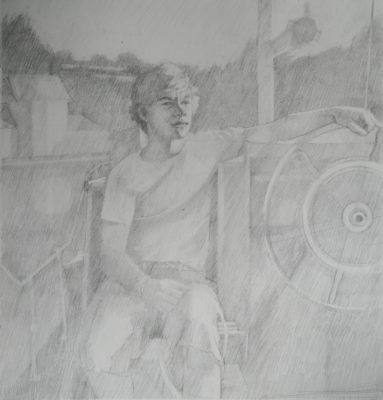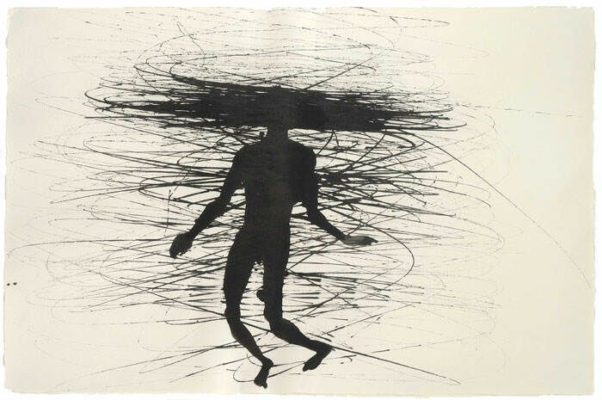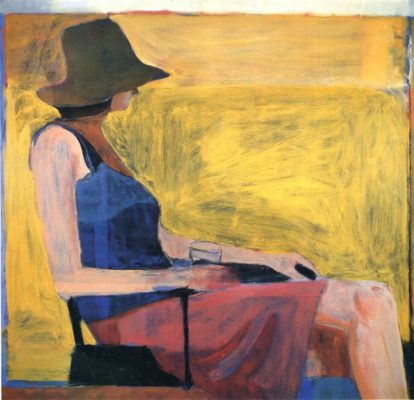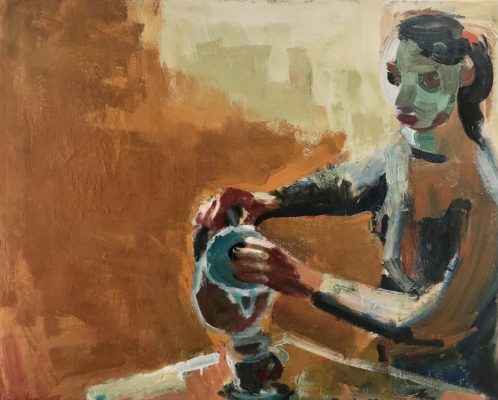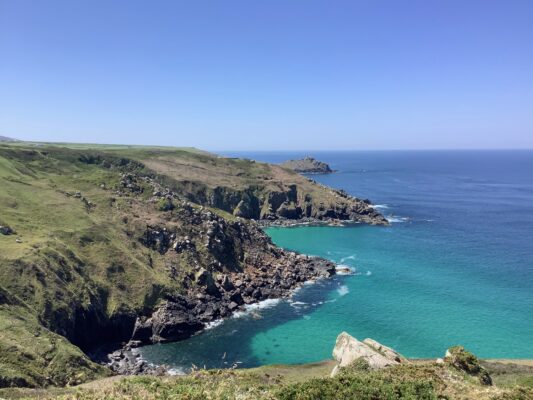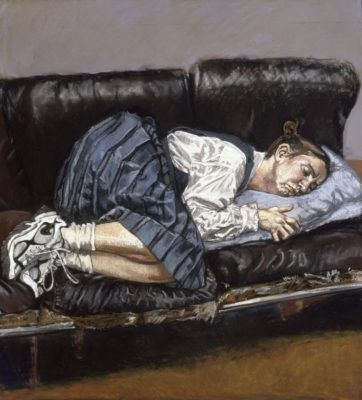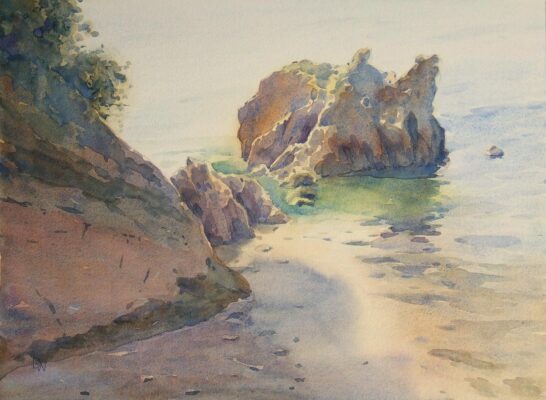Course details
Reveal a fresh and immediate approach to watercolour, emulating Turner’s rapidly made and highly expressive studies, known as ‘colour beginnings’. Create vibrant seascapes that evoke the boundlessness of sea and sky.
Explore techniques to capture the elemental power of the sea, inspired by JMW Turner, the pre-eminent painter of water. His rapidly made, highly expressive studies, known as colour “beginnings”, reveal fresh and immediate approaches to using watercolour. Learn to create vibrant watercolours, denote the sky, sea and beach, and animate and transform unadulterated colour into a boundless seascape.
Turner’s subject was light itself, reducing the landscape to its simplest forms to create a fusion of elements. Adopting a bold approach to using watercolour, like Turner, you will work on different scales, using different coloured papers and developing a minimalist style so forms are reduced to the barest description of sea and sky.
This way of working will feel like an approach to abstraction, although this concept was not understood or promoted in the nineteenth century, even by Turner who was renowned for his experimental nature. For Turner this was a means of training his eye, developing his imagination and thinking about landscape in pure colour, whilst gathering raw material to inform his studio paintings.
Explore this liberating approach to watercolour, working both inside and outside the studio. Move your approach away from a realistic depiction of a location, and instead explore relationships between the forces of nature and learn to harness the dynamic medium of watercolour painting.
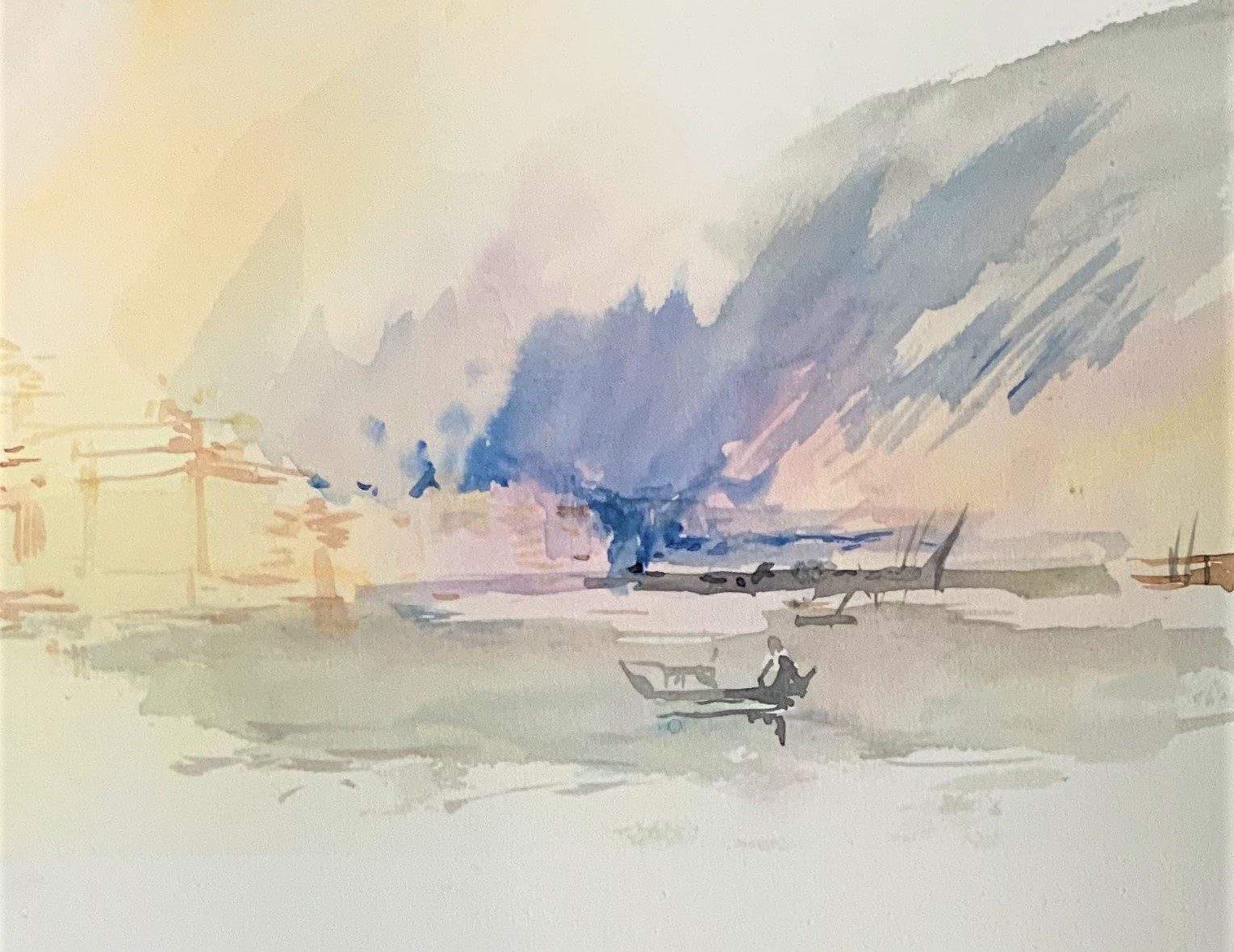
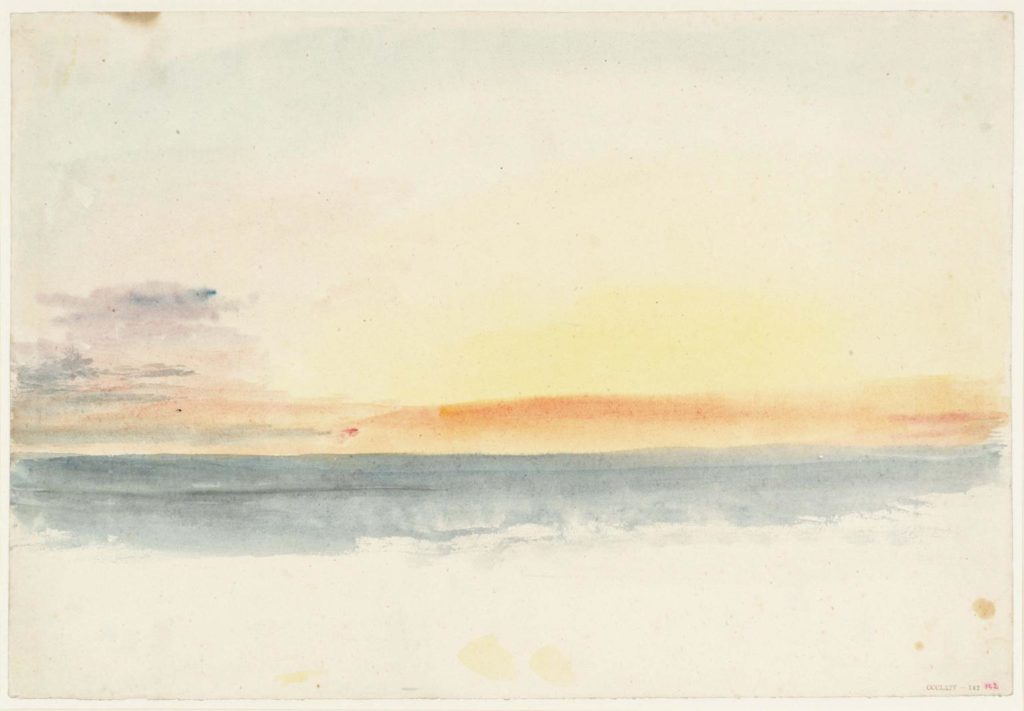
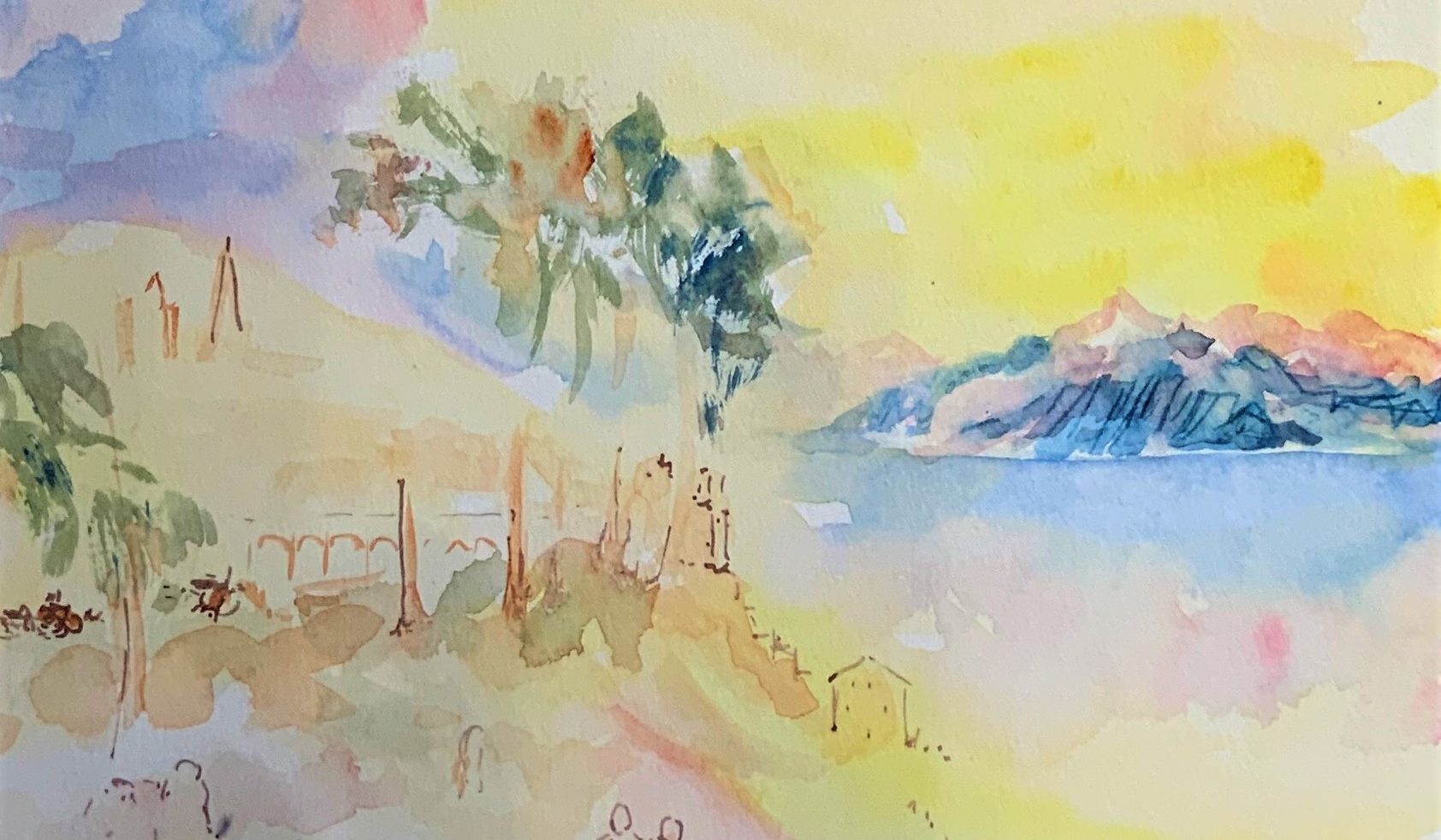
Taught by
What to Bring
Our studios are fully equipped and we provide you with all the materials you need for your course. However, if you have a favourite set of brushes or any specialist materials that you would prefer to use, please bring them with you.
Timings and Breaks
The first day starts at 10am and finishes at 4.30pm, please aim to arrive ten to fifteen minutes before the start time.
All course days after that start at 9.30am and finish at 4pm and there will be an hour for lunch. There are plenty of nearby places to eat and we will serve tea and coffee at break times during the day.
FAQs
About St Ives
Where do I park?
The nearest long stay public car parks are the Island and Barnoon Long Stay Car Park, both a 5 minute walk away. In the peak summer months it may be easier to park at Trenwith Car Park by the leisure centre and walk down into town. If you don’t fancy the walk up the hill at the end of the day there is a shuttle bus which runs from outside the cinema.
How do I get there?
Public Transport: If you are coming from further afield the main train line runs into St Erth which is a 15 min taxi ride away or you can take the St Ives Bay Line which runs approx. every 30 minutes. The School is a 10 minute walk from St Ives station.
Driving: M5 will take you to Exeter where we recommend that you take the A30 across Bodmin Moor and into Cornwall. After passing Hayle, leave the A30 at St Erth roundabout for St Ives. Turn right at the second roundabout. This road will take you through Lelant and Carbis Bay into St Ives.
Where can I stay?
St Ives has a huge selection of hotels, guest houses and self catering accommodation to choose from. Please browse the art holidays St Ives section on our website and give us a call if you would like any help.
